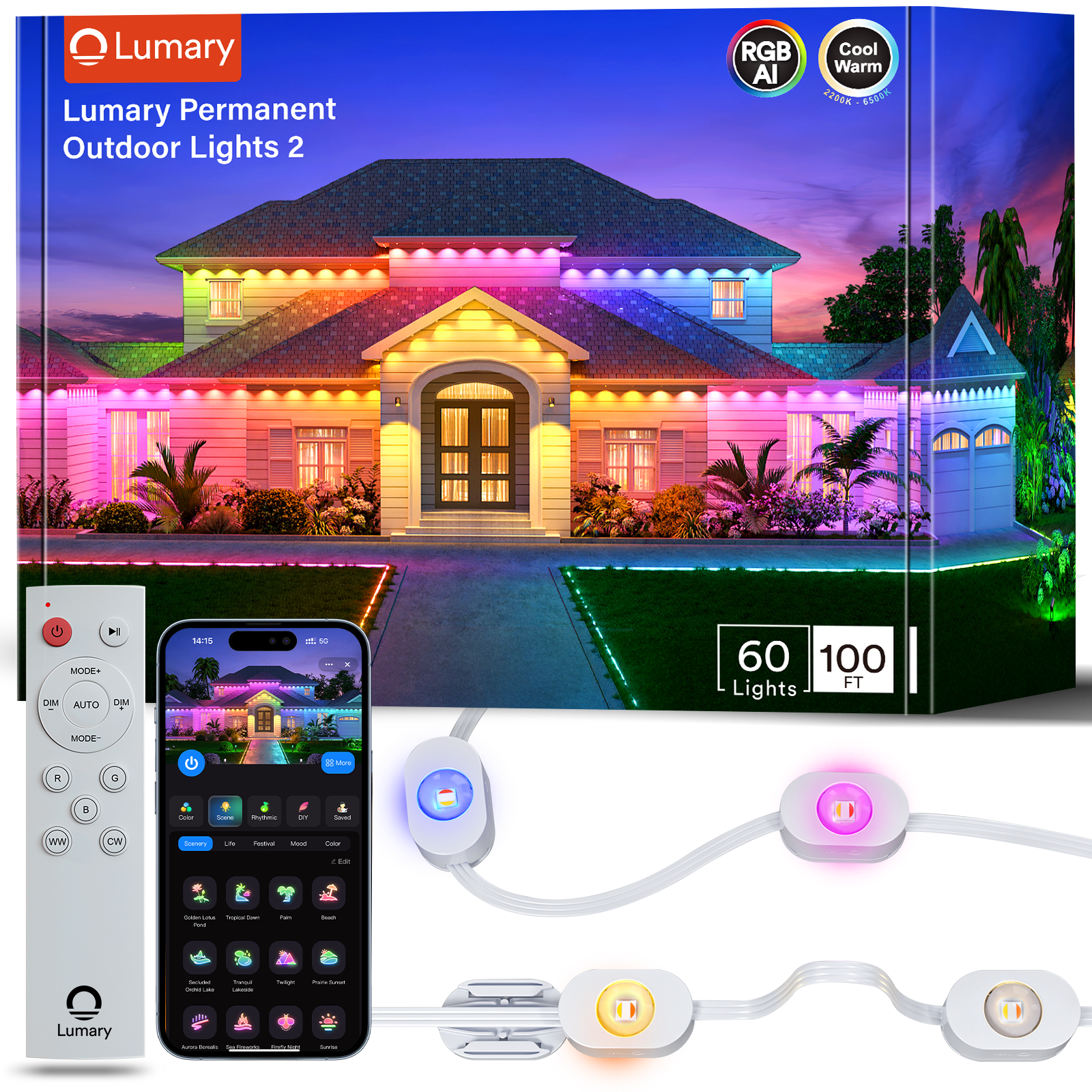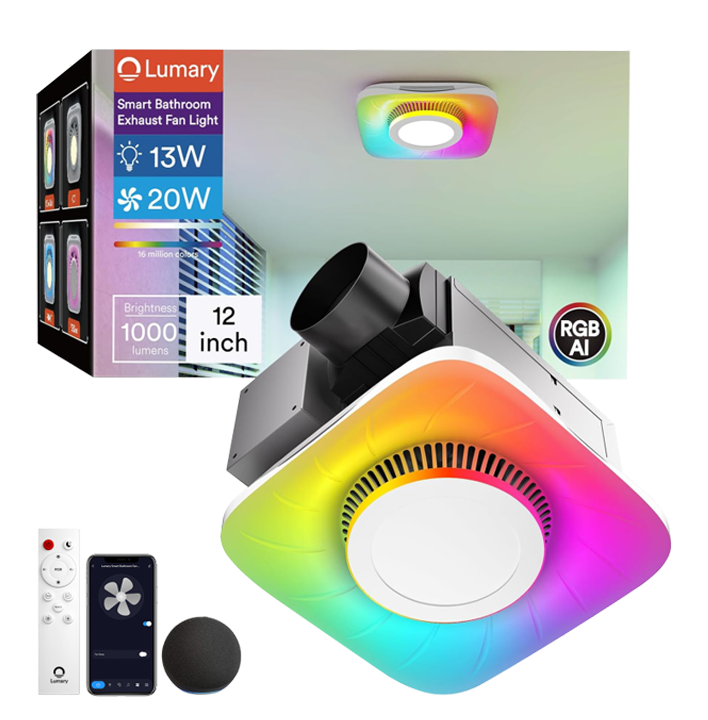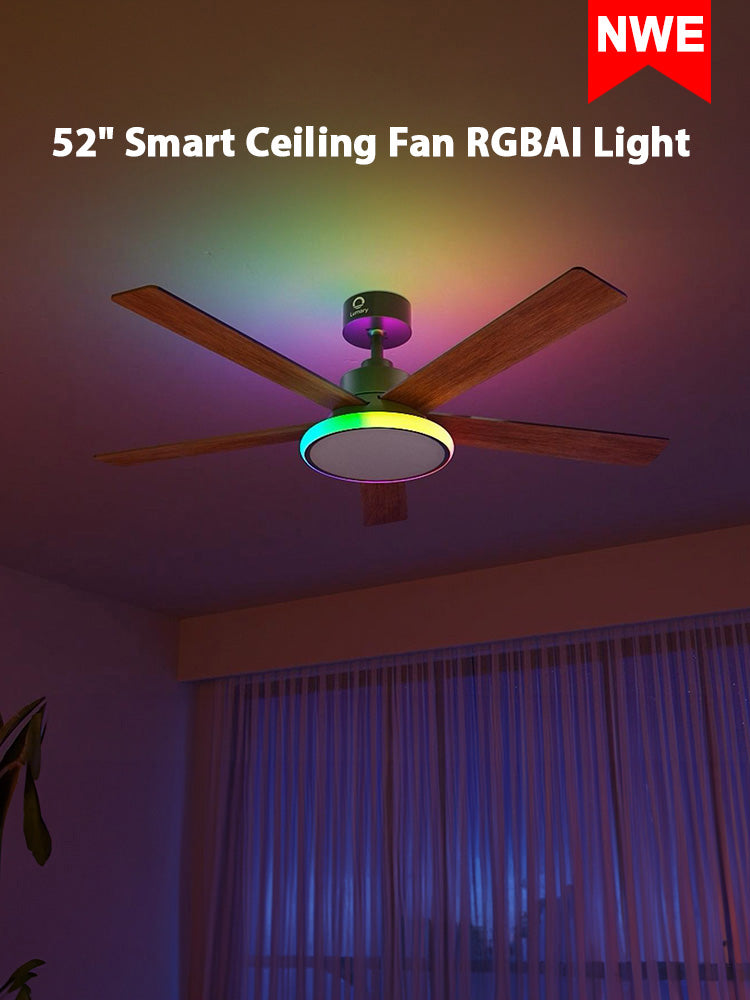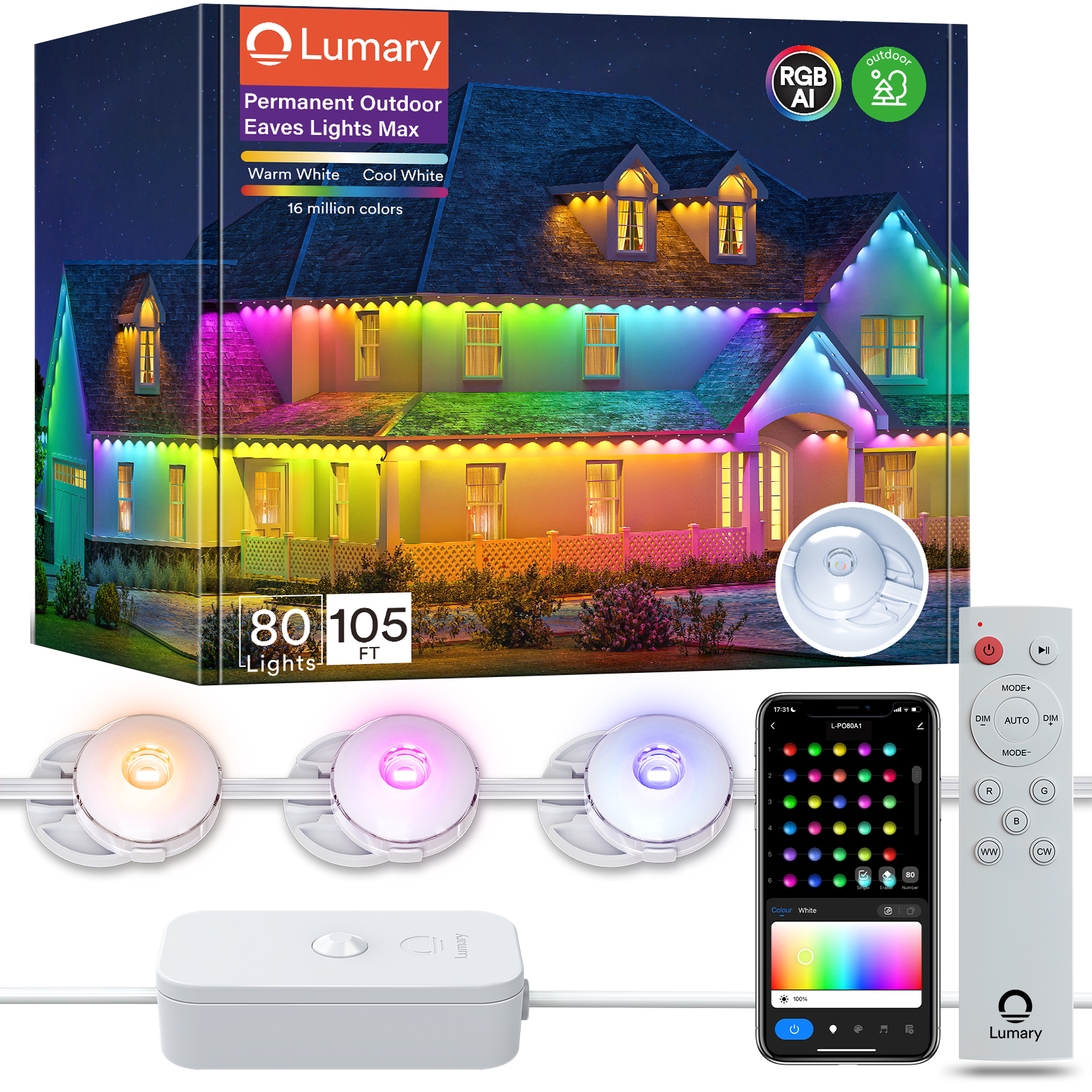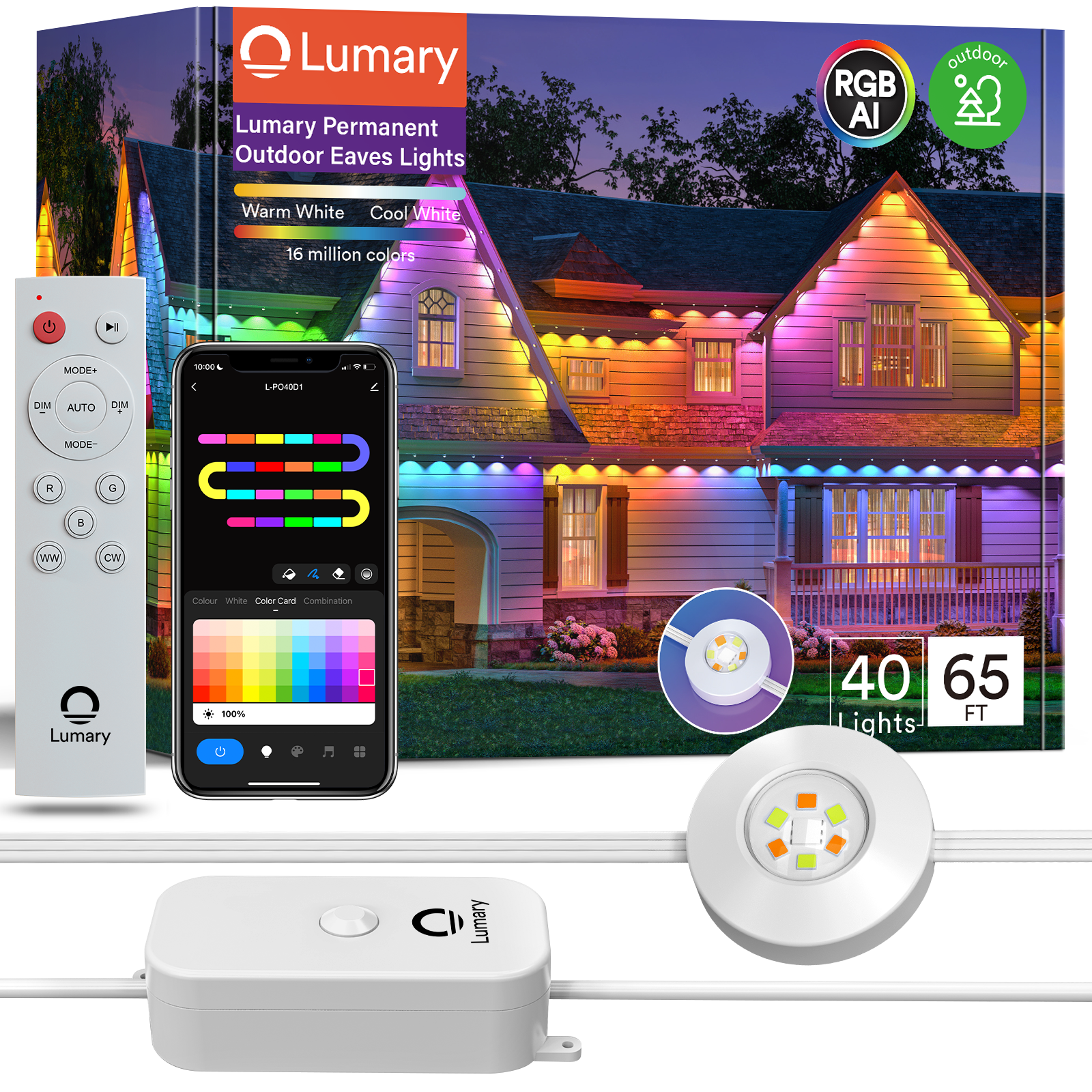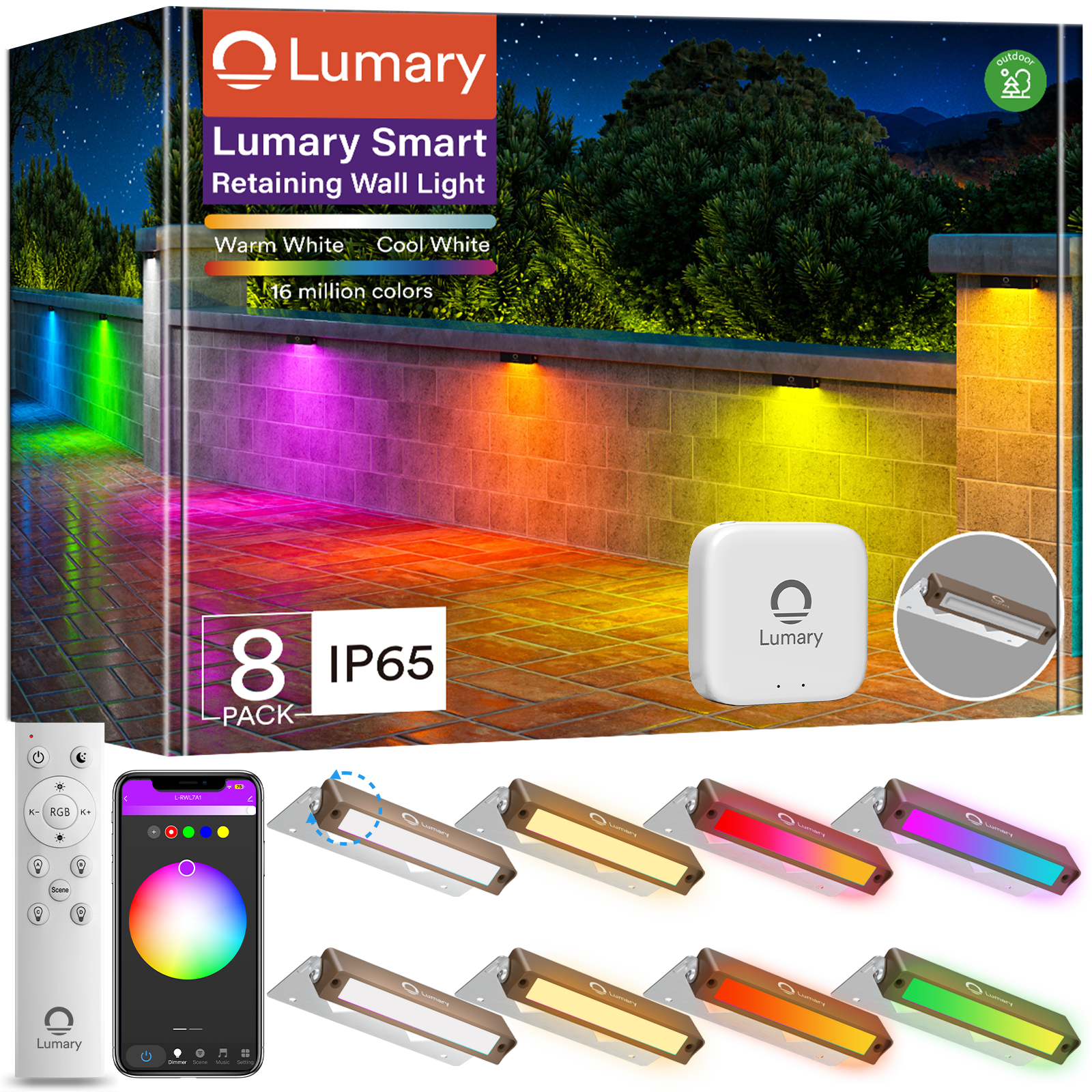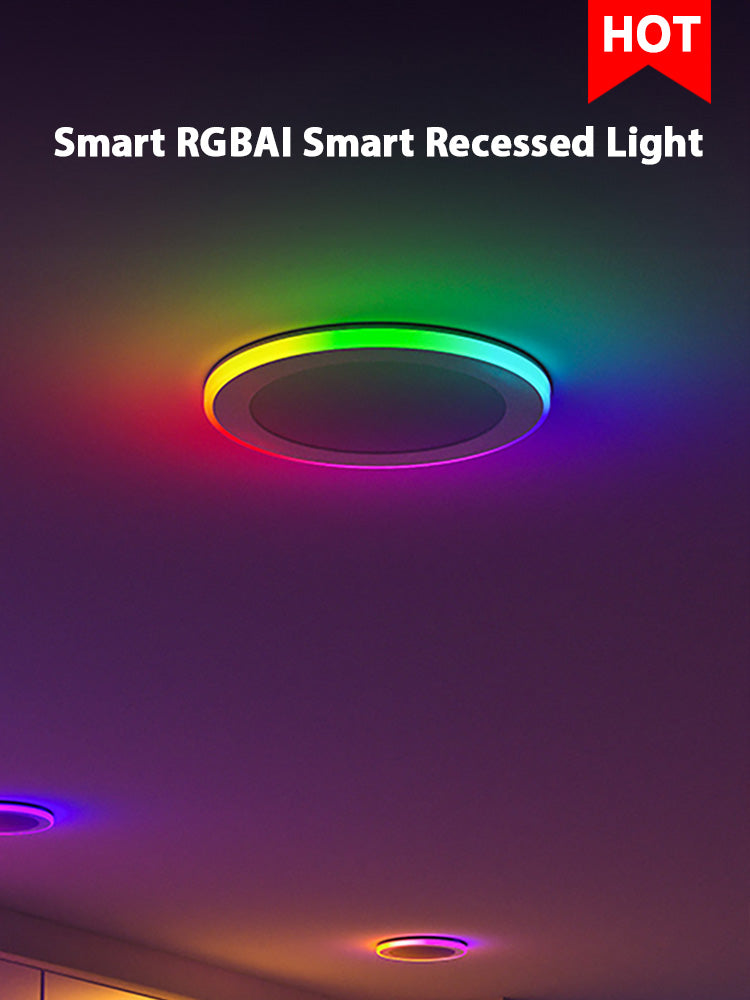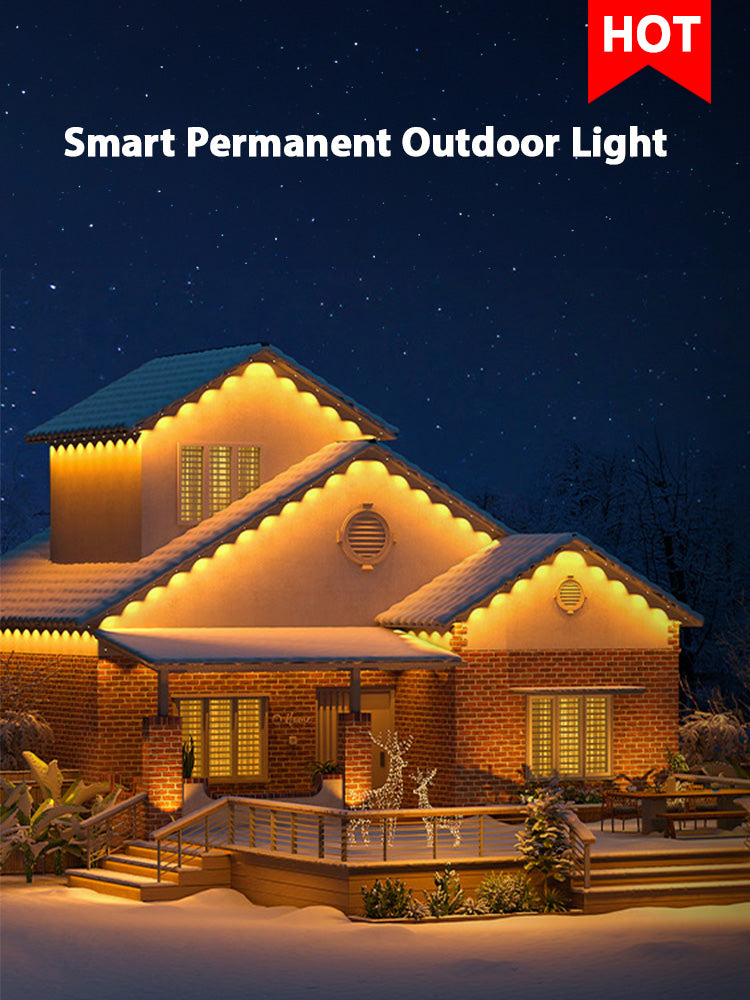Imagine transforming your home's exterior with outdoor path lights low voltage. These lights not only enhance the beauty of your landscape but also boost safety. You can create a welcoming and secure environment for your family and guests. Low voltage lighting offers an energy-efficient solution, reducing your electricity bills while providing a warm glow. Embrace the opportunity to illuminate your pathways and highlight your garden's features. Let your home shine with elegance and practicality.
Understanding Low Voltage Path Lighting

Outdoor path lights low voltage offer a smart and efficient way to illuminate your home's exterior. By understanding how these systems work, you can make informed decisions about enhancing your outdoor spaces.
What is Low Voltage Lighting?
Definition and Basic Components
Low voltage lighting operates at a reduced electrical current, typically around 12 volts. This system uses a transformer to convert the standard 120-volt electricity from your home into a safer, lower voltage. The primary components include the transformer, cables, and light fixtures. These components work together to provide a safe and energy-efficient lighting solution for your outdoor areas.
How it Differs from Standard Voltage Lighting
Unlike standard voltage lighting, which operates at 120 volts, low voltage lighting significantly reduces the risk of electrical hazards. This makes it a safer option for homes, especially those with children and pets. Additionally, low voltage systems are more energy-efficient, offering substantial savings on electricity bills. The flexibility in design and installation also sets them apart, allowing you to create customized lighting effects that enhance your landscape's beauty.
How Low Voltage Lighting Works
Power Source and Transformer Role
The heart of any low voltage lighting system is the transformer. It plays a crucial role by stepping down the high voltage from your home's electrical system to a safer 12 volts. This transformation not only ensures safety but also allows for the use of smaller, more efficient light fixtures. The transformer connects to your home's power supply and distributes the reduced voltage through cables to the outdoor path lights low voltage.
Installation Process Overview
Installing outdoor path lights low voltage is a straightforward process. Begin by selecting the areas you wish to illuminate. Next, position the transformer near a power source and connect it to the main electrical supply. Lay out the cables along the desired path, ensuring they are securely buried or hidden. Finally, attach the light fixtures to the cables and adjust them to achieve the desired lighting effect. This process allows for a high degree of customization, enabling you to highlight specific features of your garden or pathway.
By choosing outdoor path lights low voltage, you embrace a safer, more energy-efficient lighting solution that enhances the aesthetic appeal of your home. This choice not only provides practical benefits but also adds a touch of elegance to your outdoor spaces.
Benefits of Low Voltage Path Lighting

Choosing outdoor path lights low voltage offers numerous advantages that enhance both your home and lifestyle. Let's explore these benefits in detail.
Energy Efficiency
Lower Energy Consumption
You can significantly reduce your energy usage with outdoor path lights low voltage. These systems operate at just 12 volts, consuming only about 20% of the energy that traditional incandescent bulbs require. This efficiency not only helps the environment but also lowers your electricity bills.
Cost Savings Over Time
Investing in outdoor path lights low voltage leads to substantial savings. The reduced energy consumption translates into lower utility costs, allowing you to enjoy beautifully lit pathways without worrying about high expenses. Over time, these savings add up, making low voltage lighting a smart financial choice.
Enhanced Safety
Reduced Risk of Electrical Hazards
Safety is a top priority for any homeowner. Outdoor path lights low voltage minimize the risk of electrical hazards. Operating at a lower voltage, these lights reduce the chance of electric shock, providing peace of mind for you and your family.
Safe for Children and Pets
You want your outdoor spaces to be safe for everyone, including children and pets. Low voltage lighting ensures this by using a safer electrical current. You can let your kids and pets play outside without worrying about potential dangers from your lighting system.
Aesthetic Appeal
Design Flexibility
Outdoor path lights low voltage offer incredible design flexibility. You can customize your lighting to suit your landscape's unique features. Whether you want to highlight a garden path or create a dramatic effect around your patio, these lights provide endless possibilities.
Enhancing Landscape Features
Illuminate your home's best features with outdoor path lights low voltage. By strategically placing these lights, you can enhance the beauty of your garden, walkways, and architectural elements. This not only boosts curb appeal but also creates a warm and inviting atmosphere for guests.
Embrace the benefits of outdoor path lights low voltage and transform your home into a safer, more beautiful, and energy-efficient haven. Let your creativity shine as you design a landscape that reflects your style and values.
Practical Considerations
Installation Tips
DIY vs. Professional Installation
You might wonder whether to tackle the installation yourself or hire a professional. Low voltage path lighting offers a straightforward setup, making it an appealing DIY project. You can enjoy the satisfaction of enhancing your home while saving on labor costs. Minimal digging and garden-friendly installation mean you won't disrupt your landscape.
However, if you prefer a seamless experience, a professional can ensure optimal placement and wiring. They bring expertise, especially in complex landscapes, ensuring safety and efficiency.
Key Factors to Consider
When installing low voltage lighting, consider these key factors:
-
Layout Planning: Map out where you want the lights. Think about pathways, garden features, and focal points.
-
Power Source Location: Ensure the transformer is near a power outlet. This reduces cable length and potential voltage drop.
-
Weather Resistance: Choose fixtures designed to withstand local weather conditions. This ensures longevity and performance.
Maintenance and Longevity
Routine Maintenance Practices
Maintaining your low voltage lighting system is simple. Regularly check connections and clean fixtures to keep them shining bright. Inspect cables for wear and reposition lights as plants grow or seasons change. These small tasks ensure your system remains efficient and beautiful.
Durability of Low Voltage Systems
Low voltage systems boast impressive durability. LED bulbs, commonly used in these setups, offer a long lifespan with minimal maintenance. Their energy efficiency translates into fewer replacements and lower costs over time. By investing in quality components, you ensure your lighting system enhances your home for years to come.
Embrace the ease and elegance of low voltage path lighting. Whether you choose to DIY or hire a professional, these lights promise to transform your outdoor spaces with minimal effort and lasting beauty.
Comparing Low Voltage to Other Lighting Options
When choosing the best lighting for your home, understanding the differences between options is crucial. Let's explore how outdoor path lights low voltage compare to solar and high voltage lighting.
Low Voltage vs. Solar Lighting
Performance in Different Weather Conditions
Outdoor path lights low voltage offer consistent performance regardless of weather. They rely on a stable power source, ensuring your pathways remain illuminated even on cloudy days. In contrast, solar lights depend on sunlight, which can be unreliable during overcast or rainy conditions. You want your home to shine brightly every night, and low voltage lighting guarantees that reliability.
Cost Comparison
While solar lights might seem cost-effective initially, low voltage lighting provides long-term savings. Solar lights often require frequent replacements due to wear and tear from weather exposure. Low voltage systems, with their durable components, last longer and require less maintenance. Over time, the energy efficiency of low voltage lighting translates into lower electricity bills, making it a wise investment.
Low Voltage vs. High Voltage Lighting
Safety and Efficiency Differences
Safety is paramount when lighting your outdoor spaces. Outdoor path lights low voltage operate at a reduced electrical current, minimizing the risk of shocks and electrical hazards. This makes them ideal for homes with children and pets. High voltage lighting, on the other hand, poses greater risks and requires more precautions. Additionally, low voltage systems are more energy-efficient, reducing your carbon footprint while providing excellent illumination.
Installation and Maintenance Costs
Installing outdoor path lights low voltage is simpler and more cost-effective than high voltage systems. You don't need to bury wires deeply, and the process is less invasive to your landscape. Maintenance is also easier, with fewer components to worry about. High voltage systems often involve complex installations and higher maintenance costs, making low voltage lighting a more practical choice for homeowners seeking efficiency and ease.
By choosing outdoor path lights low voltage, you embrace a solution that combines safety, efficiency, and reliability. Illuminate your home with confidence, knowing you've made a smart choice for both your family and the environment.
Making the Decision
Assessing Your Needs
Evaluating Your Landscape and Lighting Goals
Begin by envisioning your ideal outdoor space. Consider the areas you want to illuminate and the mood you wish to create. Do you want to highlight a garden path, accentuate architectural features, or ensure safety along walkways? Understanding your goals helps you choose the right lighting design.
Budget Considerations
Budget plays a crucial role in your decision-making process. Low voltage lighting offers cost-effective solutions with long-term savings. Initial investments may vary, but the energy efficiency and durability of these systems lead to reduced utility bills and maintenance costs over time. Plan your budget to balance quality and affordability.
Choosing the Right Products
Factors to Consider When Selecting Fixtures
When selecting fixtures, focus on quality and functionality. Look for weather-resistant materials to withstand outdoor conditions. Consider the style and finish that complement your landscape. Opt for LED options for energy efficiency and longevity. Ensure compatibility with your existing setup or future expansions.
Recommended Brands and Products
Explore reputable brands known for quality and innovation. Lumary offers the Smart LED Outdoor Landscape Lights RGBAI Spotlight (6 Pack). These lights provide a dynamic multi-color display with 16 million RGB colors. Control them via the Lumary App or voice commands through Alexa and Google Assistant. Their durability and smart features make them a standout choice.
Homeowner 1: "Future-proofing your outdoor lighting becomes effortless with landscape lights low voltage. The adaptability of these systems means you can update or modify your lighting design over time."
Homeowner 2: "With its energy efficiency and ease of installation, low-voltage lighting is a smart investment for any homeowner."
Embrace the opportunity to transform your outdoor spaces with low voltage path lighting. By assessing your needs and choosing the right products, you create a landscape that reflects your style and enhances your home's beauty and safety.
Low voltage path lighting offers you a multitude of benefits. You gain enhanced safety, energy efficiency, and design flexibility. These lights are easy to install and cost-effective. They transform your outdoor spaces into beautiful, safe havens. Consider low voltage options for your next home improvement project. They combine beauty, safety, and savings. Embrace the opportunity to illuminate your pathways with elegance and practicality. Let your home shine brightly, reflecting your style and values.

